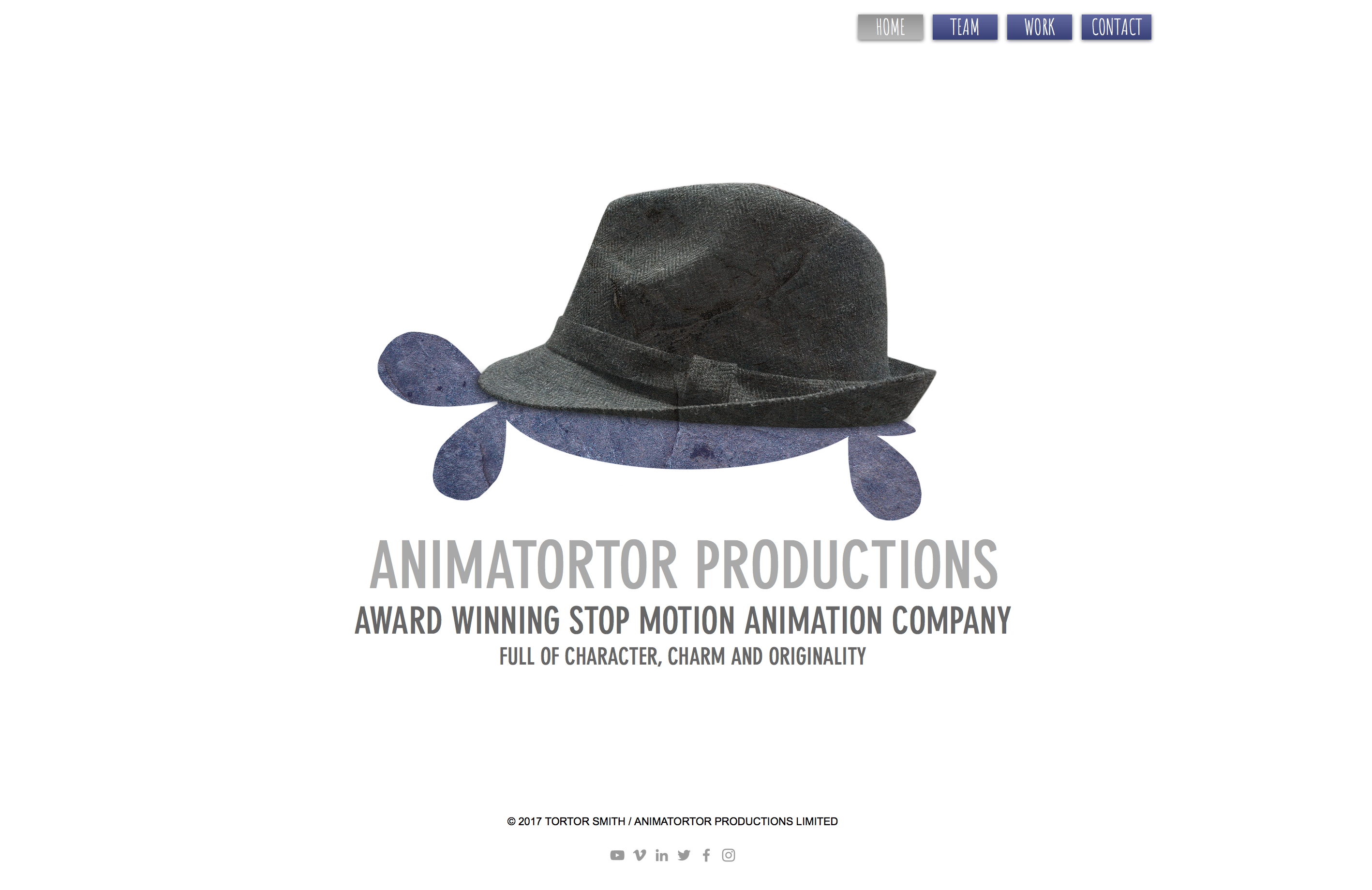Rigging Your Puppet
- Tortor Smith

- Jul 6, 2022
- 2 min read

Getting your characters to stay upright and stable whilst animating is often easier said than done. Expensive winder rigs and ball and socket jointed systems are wonderful (if you can afford them), if you can't though fret not - I rigged my latest film in a super budget way and my results were pretty decent.
To create my rig I twisted some aluminium wire in a drill. I then pierced a hole in the balsa wood I had cut in the previous blog post and hot-glued this into place.

Here we can see how it enters the back of my character in that balsa wood.
Why in the back? We never want a rig to obstruct our character or any other action. The rig will be painted out later and you don't want to have to paint out a part of your character.
What's under the feet? I put a piece of paper there when the characters feet were not in shot to minimise oily residue from the clay. Over time clay will make marks on a paper floor.

I did the same with my second character who spends most of the film sat down.
The second character didn't require a rig for the seated parts as there was more stability with a lower centre of gravity.
But what was the wire rig attached to? Something fancy you might imagine. Something heavy? Heavy, yes! Fancy? Definitely not! I grabbed the easiest thing I could find...


Yes, that is a bag of flour, plain flour to be precise. I used this to weigh down the other end of the wire. It did the job and was easy enough to move when I needed to move it too. Use what you've got! I strongly believe that better tools don't necessarily mean better animation. Yes, in high-end level work... but the stuff you are making at home or on lower budgets - anything that gets you the desired results is good enough. Be creative.

What you will also notice here is that there are many imperfections on my clay sculpt too... and this was not the worst of it. Someone once asked me on my YouTube channel about puppet damage, especially with clay - how do you keep things looking neat they asked?
There are two methods:
Re-sculpt every frame and smooth down any imperfections carefully with your fingers.
Clean things up in post production.
I'll talk about that second method in another blog post soon!
To Conclude:
Use what you have. Experiment. Play. Have fun. Things will go wrong. Things will break. That is how we learn. Eventually you will find your success and then you will be unstoppable. Stop motion doesn't have to be expensive, so don't let low funds hold you back.


Comments